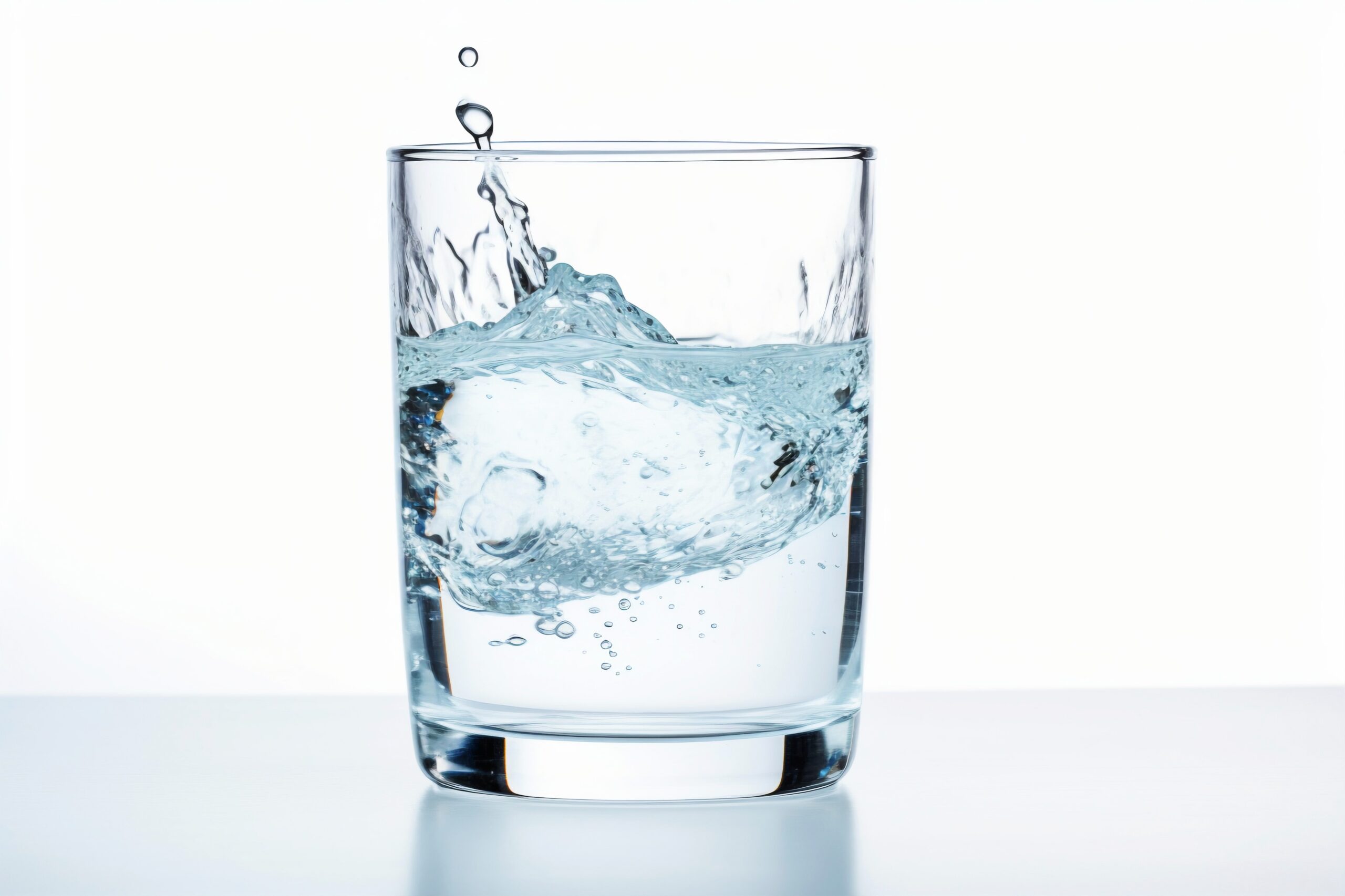In Malaysia’s tropical climate, staying hydrated is essential, making water dispensers a popular choice for homes and offices. However, the quality of water dispensed is only as good as the filtration system in place. Choosing the right water filter for your water dispenser is crucial not only for ensuring safe drinking water but also for enhancing the overall taste. You can check the map for a water dispenser near me and discover a local shop offering both hot and cold options. This article serves as a comprehensive guide to help you navigate the various types of water filters available and make an informed decision for your Malaysian water dispenser.
Understanding Water Quality in Malaysia
Before diving into the specifics of water filters, it’s important to understand the quality of water in Malaysia. While the country has made significant strides in improving water quality, challenges remain. Tap water may contain impurities, contaminants, and microorganisms that can pose health risks. Common issues include:
- Chlorine: Used in the treatment process, chlorine can leave an unpleasant taste and odor.
- Heavy metals: Contaminants like lead and mercury may leach into the water from old pipes.
- Microorganisms: Bacteria and viruses can occasionally contaminate the water supply, especially during heavy rainfall.
Given these concerns, a reliable water filtration system is essential for ensuring safe and clean drinking water.
Types of Water Filters
When selecting a water filter for your Malaysian water dispenser, it’s vital to understand the different types available. Here are the most common types of water filters you may consider:
1. Activated Carbon Filters
How They Work: Activated carbon filters use carbon granules to adsorb impurities from water, including chlorine, volatile organic compounds (VOCs), and some heavy metals.
Advantages:
- Improves Taste and Odor: Activated carbon effectively removes chlorine, which can enhance the taste and smell of the water.
- Cost-Effective: These filters are often affordable and easy to replace.
Considerations:
- Limited Contaminant Removal: While effective against certain impurities, activated carbon filters may not eliminate all contaminants, such as heavy metals or microorganisms.
2. Reverse Osmosis (RO) Systems
How They Work: Reverse osmosis systems use a semi-permeable membrane to remove contaminants from water. Water is forced through the membrane, which allows only clean water to pass while trapping impurities.
Advantages:
- Comprehensive Filtration: RO systems effectively remove a wide range of contaminants, including heavy metals, bacteria, and dissolved solids.
- Improved Water Quality: The result is clean, pure water that is safe for drinking and cooking.
Considerations:
- Cost: RO systems can be more expensive than other types of filters, both in terms of initial purchase and maintenance.
- Water Waste: The process generates wastewater, which may be a concern in areas with water scarcity.
3. Ultraviolet (UV) Filters
How They Work: UV filters use ultraviolet light to kill or inactivate microorganisms present in the water. This method is effective against bacteria, viruses, and other pathogens.
Advantages:
- Chemical-Free: UV filtration does not add any chemicals to the water, making it a safe and environmentally friendly option.
- Effective Microbial Removal: UV filters are highly effective at disinfecting water.
Considerations:
- No Removal of Chemicals: UV filters do not remove chemical contaminants or improve taste, so they are often used in conjunction with other filtration methods.
- Power Dependency: These systems require electricity to operate, which may be a concern during power outages.
4. Ceramic Filters
How They Work: Ceramic filters use a porous ceramic material to filter out bacteria and sediments. The tiny pores in the ceramic allow water to flow through while trapping larger particles and microorganisms.
Advantages:
- Effective for Microbial Contaminants: Ceramic filters are excellent for removing bacteria and sediments, making them suitable for areas with questionable water quality.
- Low Maintenance: These filters can be cleaned and reused, extending their lifespan.
Considerations:
- Limited Chemical Removal: Ceramic filters do not remove chemicals or heavy metals, so they may need to be combined with other filtration methods for comprehensive purification.
5. Inline Filters
How They Work: Inline filters are installed directly into the plumbing system and filter water as it passes through. They can be used with both bottled and point-of-use water dispensers.
Advantages:
- Convenient and Low-Maintenance: Inline filters require minimal maintenance and provide continuous filtration.
- Space-Saving: These filters do not take up counter space, making them suitable for smaller areas.
Considerations:
- Installation Required: Professional installation may be necessary, which can add to the overall cost.
Factors to Consider When Choosing a Water Filter

1. Water Quality Assessment
Before selecting a water filter, assess your water quality. You can request a water quality report from your local water authority or conduct a home water test to identify specific contaminants present in your water supply. Understanding your water’s unique challenges will help you choose the most effective filtration system.
2. Filter Lifespan and Maintenance
Consider the lifespan of the filter and how often it needs to be replaced. Some filters require regular maintenance or replacement every few months, while others may last for a year or more. Choose a filter that fits your lifestyle and maintenance preferences.
3. Budget
Water filters vary widely in price, from affordable carbon filters to higher-end reverse osmosis systems. Determine your budget and consider both the initial cost and ongoing maintenance expenses. While it may be tempting to choose the cheapest option, investing in a quality filter can save you money in the long run.
4. Space Constraints
Evaluate the space available for your water dispenser and filtration system. Some filters, such as reverse osmosis systems, may require more room than others. Ensure you have adequate space for installation and maintenance.
5. Additional Features
Some water filters come with additional features, such as mineralization, which adds essential minerals back into the water after filtration. Consider whether you want these features for improved taste and health benefits.
Conclusion
Choosing the right water filter for your Malaysian water dispenser is a vital step in ensuring access to clean and safe drinking water. With various options available—ranging from activated carbon filters to advanced reverse osmosis systems—it’s essential to assess your specific needs and water quality.
By considering factors such as water quality assessment, filter lifespan, budget, space constraints, and additional features, you can make an informed decision that meets your family’s hydration needs. Investing in a reliable water filter not only enhances the taste of your water but also contributes to your overall health and well-being, providing peace of mind in Malaysia’s tropical climate. Embrace the journey to cleaner water and enjoy the benefits of a well-chosen filtration system in your home or office.

